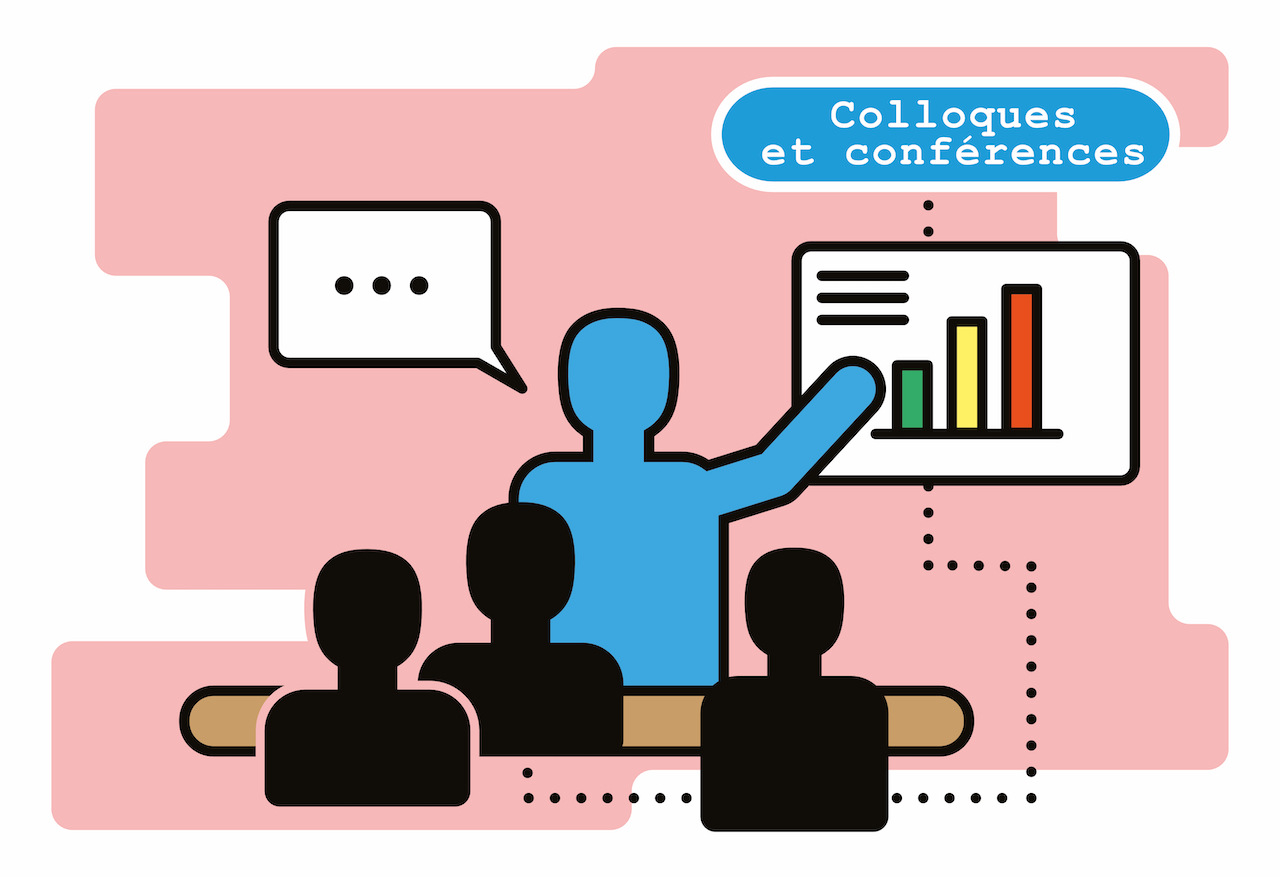Interaction, Mediation and Intelligence: Towards the Integration of Communicating Objects into Intelligent Systems. Interaction, Médiation et Intelligence : Vers une Intégration des Objets Communicants dans les Systèmes Intelligents.
Fiche du document
29 septembre 2025
- ISIDORE Id: 10670/1.60cb67...
- hal: hal-05021978
info:eu-repo/semantics/OpenAccess
Mots-clés
Communicating objects Intelligent systems Artificial intelligence (AI) Knowledge base (KB) Hybrid intelligent automatons Intelligent process monitoring Objets communicants Systèmes intelligents Intelligence artificielle (IA) Résolution de problèmes complexes Base de connaissances (BC) Automates Intelligents hybrides Décision Processus Intelligent Patrimoine (multimédia). Communicating objects Intelligent systems Artificial intelligence (AI) Complex problem solving Knowledge base (KB) Hybrid intelligent automatons Decision Intelligent process Heritage Objets communicants Systèmes intelligents Intelligence artificielle (IA) Résolution de problèmes complexes Base de connaissances (BC) Automates Intelligents hybrides Décision Processus Intelligent Patrimoine (multimédia). Communicating objects Intelligent systems Artificial intelligence (AI) Complex problem solving Knowledge base (KB) Hybrid intelligent automatons Decision Intelligent process HeritageSujets proches
Information de presse Nouvelles (journalisme) InformationsCiter ce document
Sahbi Sidhom, « Interaction, Médiation et Intelligence : Vers une Intégration des Objets Communicants dans les Systèmes Intelligents. », HAL SHS (Sciences de l’Homme et de la Société), ID : 10670/1.60cb67...
Métriques
Partage / Export
Résumé
Résumé -L'évolution des dispositifs socio-techniques, des dialogues Homme-Machine et des environnements informationnels complexes s'appuie sur l'intégration des objets communicants dans les systèmes intelligents. Cette intégration requiert une approche pluridisciplinaire mobilisant les Sciences de l'Information et de la Communication (SIC), l'informatique, les sciences cognitives et l'ergonomie sociocognitive. L'objectif est de transformer les données et informations en connaissances actionnables au service de la décision. Trois axes structurent cette dynamique : l'ingénierie des connaissances, l'interaction Homme-Machine et la complexité décisionnelle. Plutôt que de se concentrer sur la définition des objets communicants, la problématique s'attache à comprendre les processus qui les rendent intelligents, adaptatifs et stratégiquement utiles, notamment dans les contextes d'intelligence économique. Ce cadre théorique se concrétise dans le développement de systèmes participatifs et coopératifs, fondés sur l'interaction entre acteurs humains et artefacts techniques. L'accent est mis sur les affordances, les usages réels, et la structuration de l'information symbolique et perceptive. L'intelligence économique, en tant que processus systémique, illustre ce lien entre information, action et performance organisationnelle. Notre contribution s'inscrit dans une démarche croisée entre théorie et application, à travers la conception d'un Système de Management des Connaissances (SMC) dédié à la veille scientifique et technique, appliqué aux ressources patrimoniales. Deux enjeux majeurs sont explorés : 1. L'organisation des connaissances issues de ressources multimédias patrimoniales hétérogènes ; 2. La conception de processus intelligents d'indexation, annotation et ré-indexation fondés sur les usages et les interactions. Nous proposons une approche intégrant le Traitement Automatique des Langues et le savoir des usagers pour structurer un système d'information intelligent, capable d'adapter ses réponses aux besoins évolutifs des décideurs et des utilisateurs.
